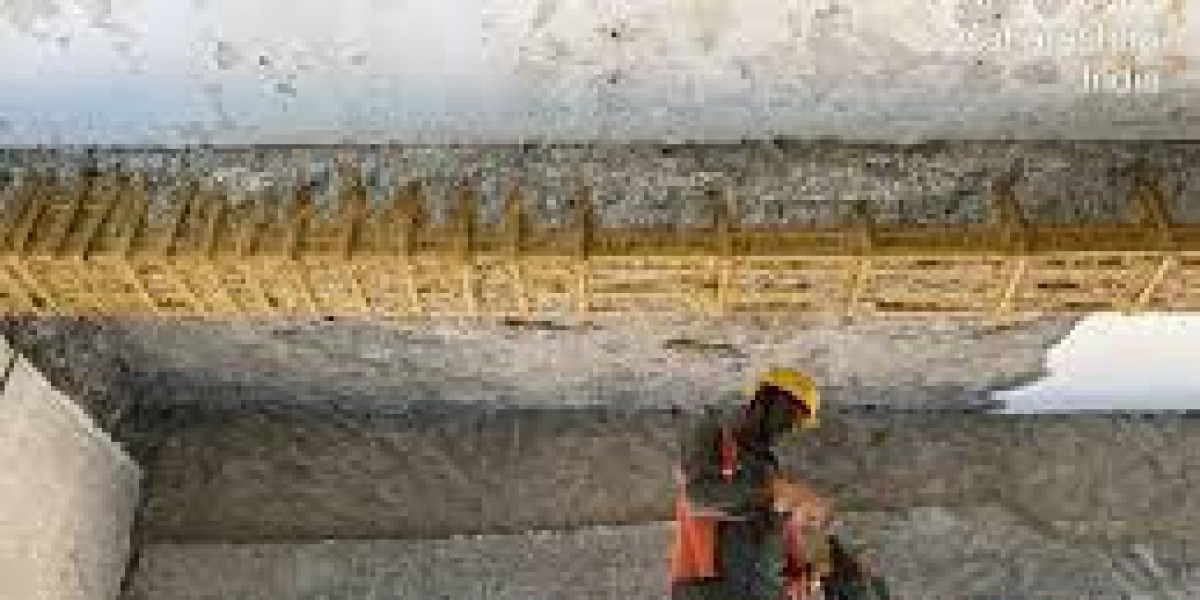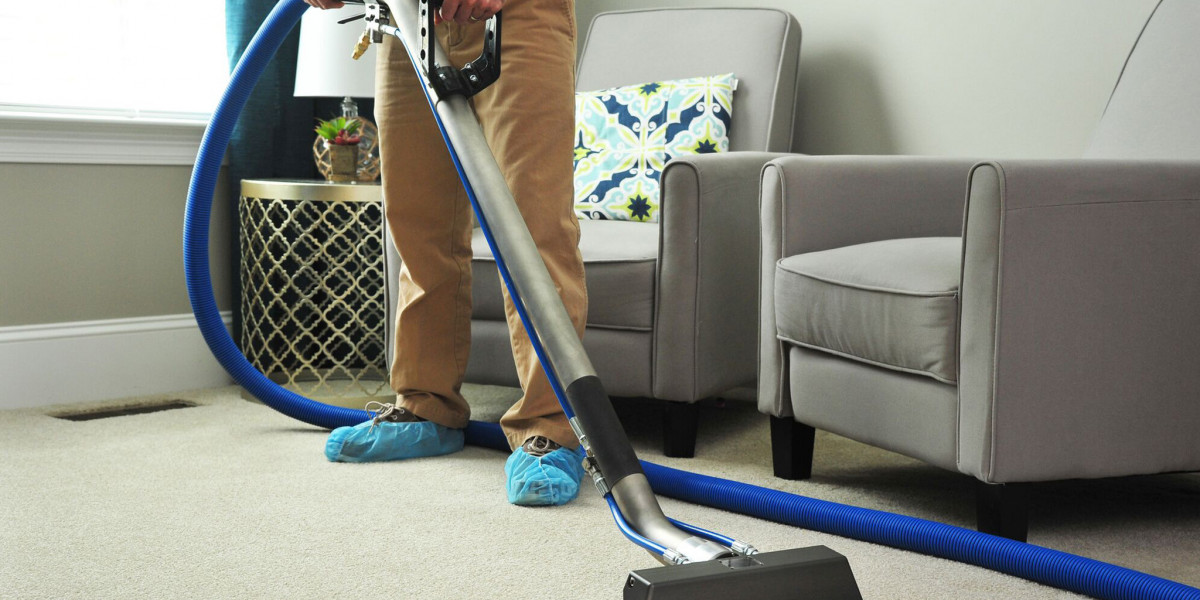Building rehabilitation is the process of restoring and improving the structural and functional condition of old or damaged buildings. In cities where aging structures are common, timely rehabilitation ensures safety, sustainability, and long-term usability. It involves specialized techniques like structural repairs, crack sealing, retrofitting, and strengthening to bring a building back to its safe and efficient state without needing complete reconstruction.
What Is Building Rehabilitation?
Building rehabilitation refers to the repair, strengthening, and modernization of existing structures to extend their lifespan. This process goes beyond simple maintenance; it addresses both visible damage and underlying structural issues. Rehabilitation helps preserve the integrity of buildings affected by environmental wear, corrosion, water leakage, or seismic activity. It ensures that buildings comply with current safety standards while maintaining their original design and functionality.
Why Building Rehabilitation Is Important
With urban development accelerating, many residential and commercial buildings in India are aging rapidly. Building rehabilitation helps prevent accidents caused by weakened columns, beams, or slabs. It also enhances the overall safety of occupants and prevents costly breakdowns. Property owners often choose rehabilitation to maintain structural stability without demolishing or reconstructing the building, which makes it a cost-effective and sustainable choice for long-term asset preservation.
Common Causes of Structural Deterioration
Structural damage can occur due to multiple factors like poor maintenance, moisture penetration, corrosion of reinforcement, and environmental stress. In coastal cities such as Mumbai, high humidity and salt exposure accelerate deterioration. Earthquakes, temperature fluctuations, and overloading also affect the strength of old buildings. Identifying these issues early is vital for building rehabilitation as it allows engineers to apply the right repair techniques before the damage becomes severe.
The Building Rehabilitation Process
The building rehabilitation process starts with a detailed structural audit to assess the level of damage. Engineers then prepare a report recommending specific repair and strengthening methods. Depending on the condition, the process may include concrete jacketing, carbon fiber wrapping, epoxy injection grouting, or PU injection grouting services. These advanced techniques restore load-bearing capacity and prevent further cracks or water seepage, ensuring long-lasting structural health.
Structural Strengthening Techniques
One of the key aspects of building rehabilitation is strengthening weakened components. Column jacketing and beam jacketing are popular methods to enhance load capacity. Similarly, carbon fiber wrapping improves the flexural and shear strength of reinforced concrete structures. These modern rehabilitation solutions are widely used in high-rise buildings, parking systems, and commercial complexes. The right strengthening method depends on the type and extent of damage identified during inspection.
Repair and Waterproofing Solutions
Crack repair and waterproofing are crucial steps in building rehabilitation. Techniques such as epoxy injection crack repair and cement grouting are used to seal structural cracks and restore durability. For water leakage issues, PU grouting is highly effective in preventing seepage through walls and basements. These methods not only stop structural decay but also protect steel reinforcement from corrosion, which is a leading cause of building failure in older constructions.
Rehabilitation for Stack Parking and Industrial Structures
Building rehabilitation is not limited to residential properties. Industrial structures and stack parking systems also require periodic rehabilitation and maintenance. Heavy loads and mechanical vibrations can cause cracks and concrete wear. Annual maintenance ensures that steel frames, slabs, and columns remain stable and functional. Proper rehabilitation extends the life of parking systems and prevents operational downtime caused by structural fatigue or corrosion.
Modern Rehabilitation Materials and Technology
Today’s building rehabilitation methods rely on innovative materials and technologies. Fiber-reinforced polymers, high-performance concrete, and corrosion-resistant coatings are now standard in repair work. Non-destructive testing tools like ultrasonic pulse velocity and rebound hammer tests help assess internal damage without disturbing the structure. These advancements make rehabilitation more efficient, accurate, and durable, reducing the need for frequent maintenance and improving safety performance.
Sustainable Benefits of Building Rehabilitation
Opting for building rehabilitation instead of demolition supports environmental sustainability. It minimizes construction waste, conserves resources, and reduces carbon emissions. Reusing existing structures also saves time and costs associated with new construction. Urban planners and engineers increasingly view rehabilitation as an eco-friendly solution for modern cities, combining safety with sustainability. It aligns with India’s growing focus on green building practices and sustainable urban development.
Cost-Effectiveness and Long-Term Value
Many property owners underestimate the value of building rehabilitation until major damage occurs. Compared to full reconstruction, rehabilitation offers significant cost savings while restoring structural performance. It adds long-term value by improving safety, enhancing property aesthetics, and increasing market worth. A well-rehabilitated building can remain functional for decades, providing a higher return on investment for homeowners, builders, and facility managers.
Choosing the Right Experts for Rehabilitation
Successful building rehabilitation requires skilled engineers, material specialists, and experienced contractors. Each structure demands a customized approach depending on its age, use, and condition. Professional rehabilitation contractors follow Indian Standard (IS) codes and use modern methods to ensure quality and safety. Hiring certified experts also guarantees that every stage from inspection to strengthening is executed correctly, resulting in reliable and durable restoration.
Preventive Maintenance After Rehabilitation
After completing building rehabilitation, regular maintenance is crucial for long-term performance. Periodic inspections, minor repairs, and waterproofing checks prevent small issues from escalating. Annual maintenance contracts help track the structure’s health, ensuring it remains safe and stable. Early attention to cracks, dampness, or corrosion saves significant costs in the future and prolongs the lifespan of the rehabilitated structure.
Building rehabilitation is a vital process for preserving India’s aging infrastructure and ensuring occupant safety. Through effective inspection, repair, and strengthening techniques, engineers can restore the original strength and functionality of old buildings. Whether it’s a residential complex, industrial unit, or stack parking system, timely rehabilitation ensures durability, safety, and sustainability. Investing in professional rehabilitation services today can prevent costly damage tomorrow while protecting both life and property.












